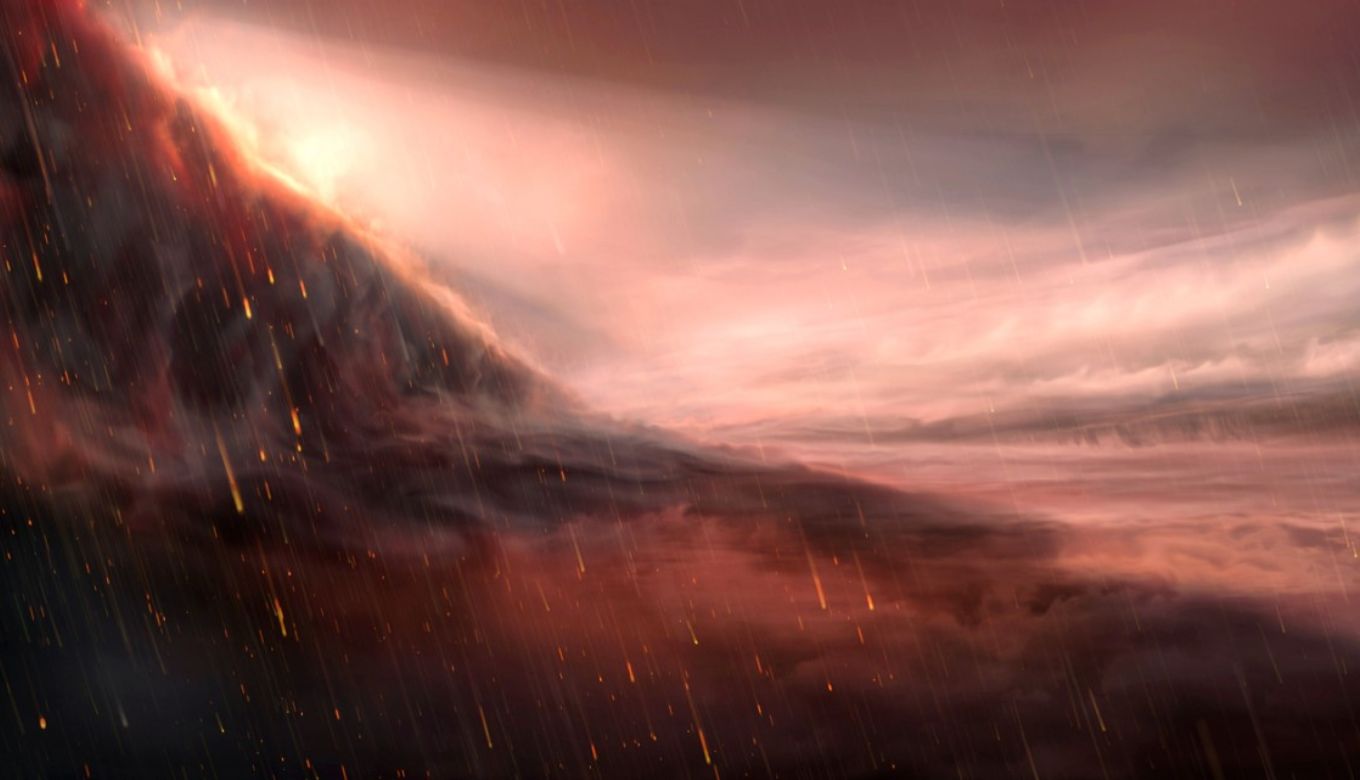Rocky planets are the only ones that are hardly difficult to detect by the telescope, because of their close proximity to their stars.
They are using the Kepler telescope for the discovery of exoplanets. When these rocky planets cross in front of the face of the star, it causes a small dip in the brightness of the telescope.
But if the planet is too small changes in the brightness aren’t large enough for us to detect, so small planets like Earth-size planets and the smaller ones are not easy to detect by the telescope.
But some anomalies in the data of the Kepler telescope give us a glimpse of different points of looking at the small rocky planets.
Kepler Telescope Detected the Rocky Planets via Some Abnormalities in Their Data

The massive Kepler telescope finds out about the treasure of exoplanets. Currently, we know about only 5,000 exoplanets in the galaxy. It is a total of only a small fraction of the estimated 1 trillion worlds in the galaxy.
Recently researchers find out in their data some abnormalities. These abnormalities actually show the locations of these planets.
The team of researchers actually found out that the dust and debris that surround a star are actually rocky planets. These rocky planets are actually close to their parent star.
A team of Researchers Conducted an Experiment to Find out About Rocky Planets Atmosphere

The team of researchers made a simulation model about the rocky planet’s mystery and atmosphere.
These small rocky planets are close to their parent star, and they found out that these two planets are actually lived in two extremes.
One side is facing the star all the time and the other is facing the opposite side, which means it is tidally locked. The day side is too hot and it has pure hot magma, instead of crust. The other side is too cold and it has a hard rocky crust.
Astronomers postulate that these small rocky planets are too small and their stars are too hot that these planets destroy in a short period of time, that they are unable to see it through the Kepler telescope.
Only in certain special cases, the ring of debris is large enough that we are able to see it via telescope. Astronomers also find out the study of these rings of debris gives a detailed understanding of how these small planets are formed. The researchers will take the help of the James Webb telescope for further study of the rocky planet’s formation.
Also Read: Extra-terrestrial Life: Aliens Could Exist on Distant Planets Terminator Zone



